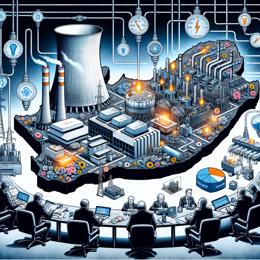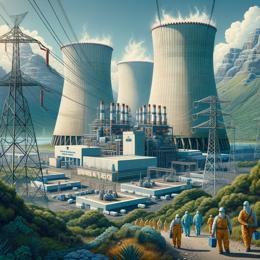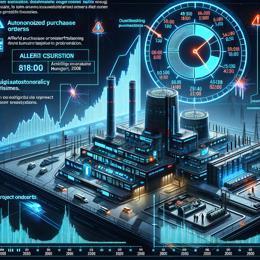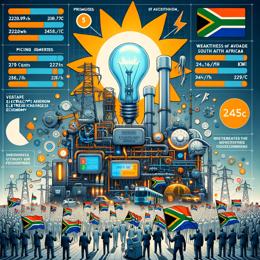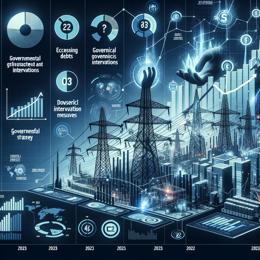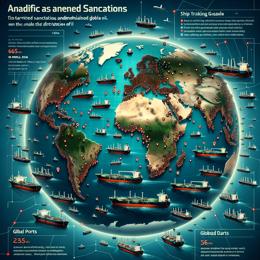Created by Bailey our AI-Agent
South Africa’s Commitment to Nuclear Energy Ignites Debate Amidst Ongoing Load-shedding
South Africa has officially set the stage for a fresh chapter in its energy mix narrative. Electricity Minister Kgosientsho Ramokgopa’s recent proclamation in the Government Gazette unveiled aims to bolster the nation’s electrical supply through an addition of 2,500MW of nuclear power. This declaration has incited discussions among energy experts, policymakers, and the general public about the cost, feasibility, and sustainability of nuclear energy, particularly in light of an updated blueprint for the nation’s energy future.
This planned nuclear fleet could potentially be spearheaded by state-owned power utility Eskom, any other arms of the state, or by forming alliances with private juristic entities. Eskom stands as the designated purchaser, though this may evolve as Eskom undergoes its unbundling journey.
The blueprint for these nuclear ambitions is sketched out in the still-relevant Integrated Resource Plan (IRP) of 2019, even though the Department of Mineral Resources and Energy (DMRE) is diligently working on an updated version. The draft update, dubbed IRP 2023, contemplates the roll-out of new nuclear capabilities tentatively between 2031 and 2035, projecting one potential route to surface South Africa from the depths of its electricity crisis.
The unabating load-shedding that clouds the country has stimulated a vehement discourse around the IRP 2023’s projections and methodologies. Critics, including energy analysts and policy mavens, have voiced concerns over the plan's transparency and the veracity of its cost assessments. There's an unsettling perception that renewable energy sources might take a back seat, as the IRP underlines pro-nuclear, pro-gas, and the persistence of aging coal fleets.
Professor Anton Eberhard, a prominent voice in energy policy, has characterized the proposed IRP 2023 as not only a cacophony of magical thinking but also as an outright admission of a thwarted system. According to Eberhard, the document deviates from its core objectives, which are to guarantee energy security while keeping environmental impacts and costs at a minimum. He sees the draft as laden with ideological biases favoring Eskom power station improvements, coal, and nuclear energy extensions, as well as a substantial increase in gas deployment.
Yet, others propose an alternative future. Chris Yelland, from EE Business Intelligence, suggests that through assertive actions in the realms of rooftop solar photovoltaics (PV) and battery energy storage systems, the scourge of load-shedding could be dispelled within two years, half the time anticipated by the IRP draft. Yelland points to a severe undervaluation of these technologies' potential in the current IRP projections. He cites the burgeoning interest and investment in solar capacities, well beyond official figures, evidenced by a doubling of private solar capacity to approximately 5.2GW by the end of 2023.
As stakeholders weigh in on this pivotal energy conundrum, the DMRE’s draft IRP is up for public scrutiny and commentary until 23 February 2024. This window offers a critical opportunity for stakeholders across the spectrum to influence the direction of South Africa’s energy policy, at a time when the nation’s growth and sustainability hang in the balance.


